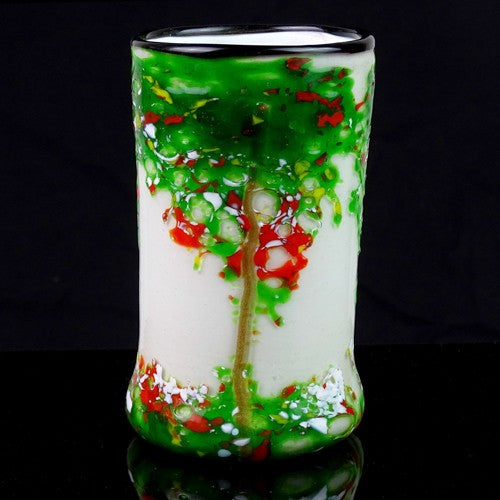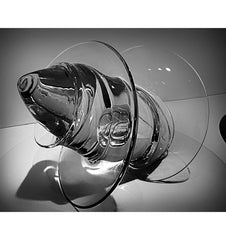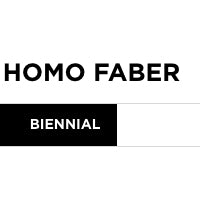Founded in the early 20s at Fondamenta Navagero by Libero Vitali , the glass factory had a short but intense life, from both a technical and an artistical viewpoint, for the influence that its productions would have in the future Murano panorama.
In the mid 20s the furnace cooperated with the artist Umberto Bellotto , executing the parts in glass of his combinations in iron and glass and these works were exhibited in 1925 ath the II International Exhibition of Decorative Arts in Monza. After an initial period where models of vases of a fairly classical style prevailed, I.V.A.M. found its specific place in 1928 with the first examples of modern plastic glassmaking with the cooperation as designers of Giovita Vitali and Flavio Poli .
The latter joined I.V.A.M. after his first design experiences in the field of ceramics and was immediately noticed for his proposals of revolutionary technical solutions, such as the massello process that would have conditioned a good part of the future production of all Murano glass factories.
This latest technical innovation was almost a shock for the traditional critics but enthusiastic comments soon followed as well.
In 1930 Michele Biancale wrote in the magazine "Dedalo" about I.V.A.M.: "This is the place that proclaims the new world of blown glassware on the very thin edge of the newest art, suddenly abolishing it as a material and consequently renewing its expressive character".
For their creations, Poli and Vitali took their cue from the world of animals but they did not disdain references to current events, proposing "soccer players", "jazz players", "black dancers" and "masks". The work of the actual executor of these figurines was especially praised in the person of the maestro Otello Nason, who for the first time found himself facing technical problems of execution that had never encountered before.
The firm exposed its creations at various exhibitions, including the Monza Triennale in 1930. Unfortunately the consensus of the critic was not matched by corresponding commercial success and as a consequence of the late 20s economic crisis, the I.V.A.M. was put into liquidation for the first time in 1929 and in 1931 it was finally forced to close altogether. The premises in Fondamenta Navagero were taken over by the new firm of Zecchin-Martinuzzi Vetri Artistici e Mosaici .
After serving as Mayor of Murano, Libero Vitali moved to Milan where he died n 1937.
Bibliography:
Lorenzetti C., Vetri di Murano , Bergamo 1940
Mariacher G., L'Arte del Vetro , Verona 1958
Gasparetto A., Il Vetro di Murano dalle origini ad oggi , Venezia 1962
Polak A., Modern Glass , Londra 1979
Tagliapietra S., La Magnifica Comunità di Murano, 1900-1925 , Verona 1980
Barovier Mentasti R., Il Vetro Veneziano , Milano 1987
Neuwirth W., Italian Glass , Vienna 1989
Deboni F., I Vetri Venini , Torino 1992
Barovier Mentasti R., Vetro Veneziano 1890-1990 , Venezia 1993
Heiremans M., Art Glass from Murano , Stoccard

Flavio Poli per I.V.A.M., nudi femminili in cristallo massiccio dalla collezione pudore, Murano 1930-31





